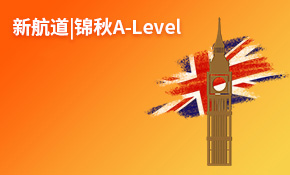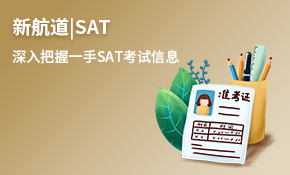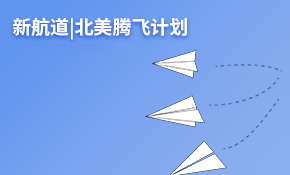托福口语:TPO6Task6题目文本及答案实例解析
托福考试备考过程中所用的最多的而且是必须使用的材料就是TPO,口语在托福考试中是比较难取得高分的,为了帮助考生在托福口语考试中取得理想的成绩,南京新航道将对以实例来分析托福口语TPO,如对题目的份,答题思路的问题以及范文的分析,内容如下,考生可做参考。
托福口语TPO6task6题目 Listening Part:
Now listen to part of a talk in an Education class.
(female professor)
One of the hardest parts of teaching is keeping your students’ attention. Now, the key to doing this is understanding the concept of attention. Basically, there are two types of attention. The first type is active, active attention is voluntary. It’s when you intentionally make yourself focus on something. And since it requires effort, it’s hard to keep up for long a time. OK, so, um, let’s say you are teaching a Biology class. And today’s topic is frogs. All right? You’re standing in front of the room lecturing: a frog is a type of animal known as an amphibian…, well, this isn’t necessarily going to keep the students’ interest. But most of them will force themselves to pay active attention to your lecture. But it’s only a matter of time before they get distracted.
Now, the other type of attention is passive attention, when it’s involuntary. Passive attention requires no effort because it happens naturally. If something is really interesting students don’t have to force themselves to pay attention to it. They do it without even thinking about it. So back to our Biology lecture, you start talking about frogs and then you pull a live frog out of your briefcase. You’re describing it while holding it up. Show the students how long its legs are, and how they’re used for jumping, for example. Then maybe even let the frog jump around a bit on the desk or the floor. In this case, by doing something unexpected, something more engaging, you can tap into their passive attention. And it can last much longer than active attention. As long as the frog is still there your students will be interested.
托福口语TPO6task6题目 Question:
Using points and examples from the talk, explain the difference between active and passive attention.
托福口语TPO6task6 答案解析:
1. Listening key
(1.1) Main idea: active and passive attention
(1.2) Active attention: forced
(1.2.1) Example:
(1.2.1.1) A teacher teaches a class by only reading from textbooks
(1.2.1.2) Students will get bored, yet they’d still try to focus
(1.2.1.3) But they will get distracted soon because this attention is forced
(1.3) Passive attention: happens naturally
(1.3.1) Example:
(1.3.1.1) A teacher teaches with a live frog, let it jump around a bit
(1.3.1.2) Students get interested in what’s happening, their concentration happens naturally
(1.3.1.3) As long as the frog is on the table, students will have no problem focusing on the lecture
托福口语TPO6task6 范文:
The professor talks about two kinds of attention in the lecture. The first type is active attention which is voluntary. For example, if a biology teacher teaches a class by only reading from a textbook, the class can become fairly boring. Most students would force themselves to focus, but sooner or later, the students will be distracted. The second type of attention is passive attention, let’s say instead of reading from a textbook, the teacher pulls a live frog out of his bag, then the lecture becomes really interesting. As long as the frog is on the table, the students will be able to focus on the lecture.
南京新航道学校提供专业的雅思培训、托福培训、GRE培训、SAT培训、剑桥青少英语培训等,帮助广大学子“用英语点亮人生”。
新航道致力于帮助学生提高英语能力,决胜雅思、托福、SAT、GRE等出国考试,分享励志成长、英语学习、考试信息、留学动态,尊重英语学习!南京新航道官网微信号:xhd-nanjing.
新朋友关注方法:
1、添加微信号:xhd-nanjing
2、二维码关注:保存图片——打开微信扫一扫——从相册选择二维码
















